So you want to organize your first event... but you have absolutely no idea where to start. Well, you’ve come to the right place. In this article, I’ll take you through how to plan an animal rights activism event step by step so that you feel confident enough to plan one on your own.
Phase One: Event Planning
This is likely the most time consuming portion of organizing, but your event will go smoothly if you plan thoroughly during this phase. While planning, you want to ask yourself a series of questions. Follow the five W’s (who, what, when, where, why) to get started.
Why are you planning an event?
Are you trying to get people to go vegan? Are you trying to highlight a specific issue like deer culling or horse racing? Are you trying to stop a law from passing or a business from opening up? Do you want to educate the public or draw attention to an issue? Both?
You need to know the why before you can plan anything else.
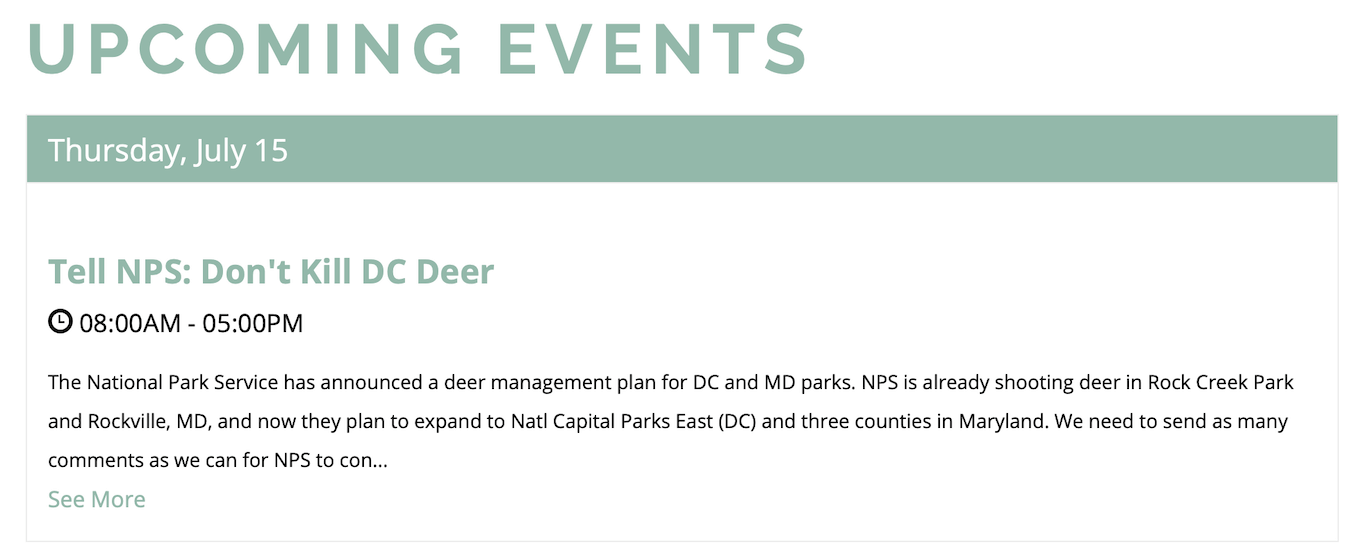
What type of event would you like to plan?
Now that you know the why, you need to figure out the what. Will your event be a protest or a vigil? Will it be a large event (a march for example) or a small one? Depending on your goals for the event you should strategically plan for that type of event. Check out this article for details on the different types of events you could plan.
If your goal is to get the public to sign a petition for example, you may not want to have a loud protest with megaphones; that type of event could scare potential signers away. But if you’re trying to bring attention to a corrupt and dying industry, like horse racing or fur, a loud protest may be exactly what you need to do.
A good rule of thumb is this: The more public support you have, the louder and angrier you can be. Would a megaphone style protest against meat-eating be as effective as doing a vegan outreach event in the same location?
Answering this question will also help you understand what supplies you need. For a protest you may need signs (borrow some from the ActiveVegans library, make your own, buy pre-made signs online, or ask PETA if they have any), chants (and therefore chant sheets), and megaphones. For a vigil you may need candles, visibility vests, and water bottles. For an outreach event you might want leaflets. Make a list of all the supplies you need.

Where will the event be?
Figuring out the why will also help you decide other important details like location. For example, if the event is protesting the USDA Ag Gag laws you may want it to happen in DC in front of the USDA HQ. But if you were doing a SeaWorld protest it probably wouldn’t make much sense to do it at the USDA.
Another thing to consider is public visibility. For an outreach event, a public area with a lot of foot traffic would be ideal. An event in front of the white house will get alot more attention from bystanders than an event on a street corner in a residential or suburban area.
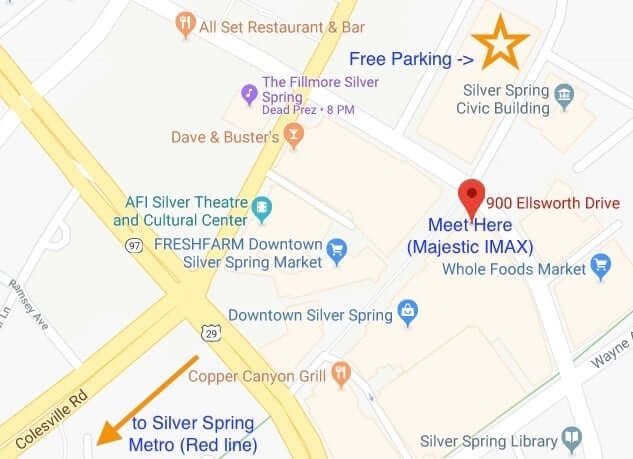
Many activists carpool or take public transportation to events. Therefore, you should consider the location of train stations, bus stops and adequate parking locations if it makes sense to do so. The easier it is for activists to get to your event, the more likely you are to have increased attendance.
When will you schedule the event?
Time and location go hand in hand. Let’s go back to our USDA event example. You could schedule a protest at the USDA on a Sunday but the government is closed on Sundays. How many USDA employees would actually hear your message?
So now you’ve decided to plan your event on a weekday. But at what time?
Because we know that government employees tend to work from 9-5, with a lunch break in between, the only reasonable times to plan the event would have to be before work, after work, or during lunch. Choose a time based on that logic.
There are many other factors to consider when choosing a time. If you’re hosting an event with tech (like a projector or TVs) it might make sense to do your event at night where the footage will be easier to see. If you have signs that you want the public to see, do your event during the day.
You’ll also want to keep in mind the schedules of activists that may choose to attend your event. If you have the choice of scheduling an event at 7 am or 11 am on a Saturday you should probably choose 11 am for a better turnout.
Other things to consider when thinking about time & location
Because of our first amendment right of freedom of assembly, the government cannot prevent you from protesting. However, they can put limitations on how you assemble like certain hours, locations, etc. Be sure to keep the following things in mind when determining event location and time:
- What are the local ordinances in place that you need to know? Is there a limit on the number of people you can have assembled at a time? Are there noise regulations during certain times of the day? Can you use megaphones? DC is a great location for protests because it has particularly flexible protesting regulations allowing megaphones on all public property.
- Is your event location on public property? Unless intentional, I recommend staying on public property to avoid issues with police. If not, you may need to move if police show up or risk arrest. See this article from the ACLU for general protesting rights and guidelines.
- Will you need a permit? Large groups of protesters (as a general rule 30+) or an event that requires putting up an immobile structure will require a permit. Check with the city where your protest will be held for specifics.
- Location scout. You may want to check out the location before you officially decide to plan an event there. This is especially important if you are unfamiliar with the area. Checking out the location ahead of time around the time you are considering planning your event can tell you what the foot traffic is like, what the visibility is, where to set up your equipment, etc.

Who will you invite?
Is this the kind of event that you only want trusted activists attending? Do the details need to remain secret? Or do you want as many people as possible in attendance?
Knowing who you want at your event will determine important aspects of the next step of the process, event promotion.
Phase Two: Event Promotion
Create your event
The first step of event promotion is to create your event. In the DMV, we primarily use Facebook as our event hosting platform (eventually, we hope that ActiveVegans will be the primary animal rights event hosting platform!).
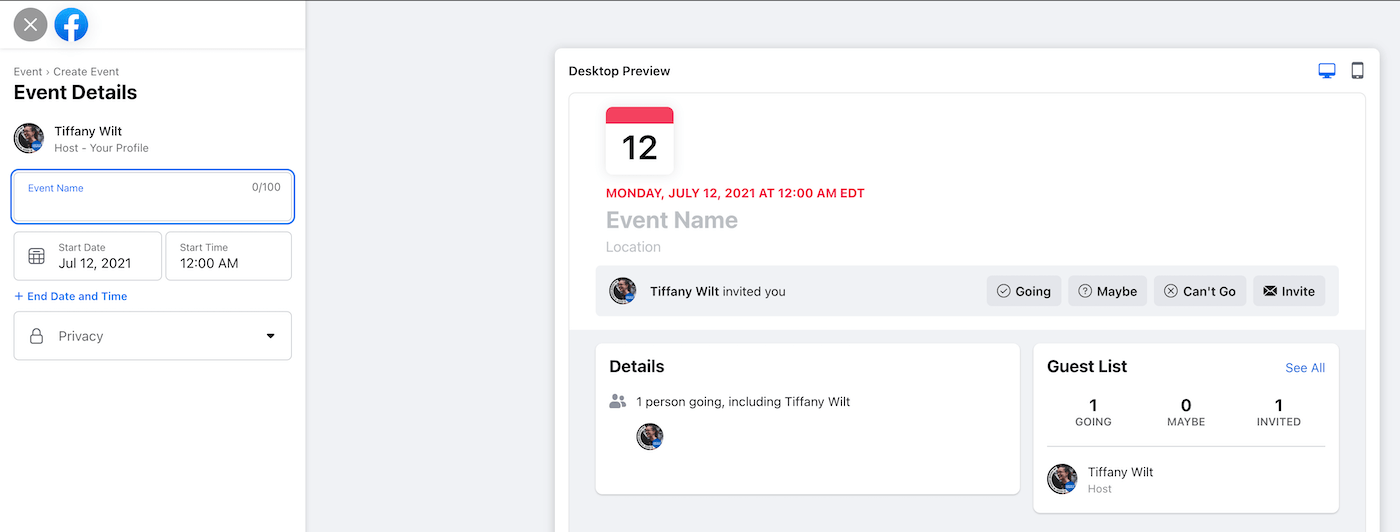
When creating your event, make sure to add all of the details you decided on in the planning stage to the appropriate event fields. Much of the information will need to go in the “ ” section (event type, parking and public transport info, supplies for activists to bring, etc). I recommend doing this over adding important details to the “discussion” section as things can easily get lost there. If you need help creating a facebook event see this article from Facebook.
When filling out the fields be sure to at least add:
- Event Title: Make it short, sweet, and specific. Something like “Yulin Dog Meat Festival Protest” or “Nighttime Vigil for the Turkeys”
- Date: When possible, pick one specific day for your event. If it’s a multi-day event, create a separate event page for each day.
- Time: Include a start and end time.
- Location: Use a specific address that will work with GPS navigation. “123 Anywhere street, Nowhere, USA 12345” is always better than “corner of anywhere and nowhere”
- Description: Start with a 1-3 sentence summary of what your event is and why you’re planning it. Then add additional details below.

Invite activists
Go back to the planning stages and reflect on the who again. If you want as many people as possible to attend, then feel free to invite all your vegan friends on facebook. You can do this a few different ways:
- Manually: You can go through your friends list and decide who to invite. Once you do this, you can invite that same list of friends to your next event.
- By groups: You can invite all members of a group to an event. For example, you could invite all of the members of ActiveVegans. This can make inviting people to events simpler and streamlined.
- By event: You can invite everyone who was invited to a past event -- either an event you planned or an event you attended. Facebook will list a few recent events for you to choose from.
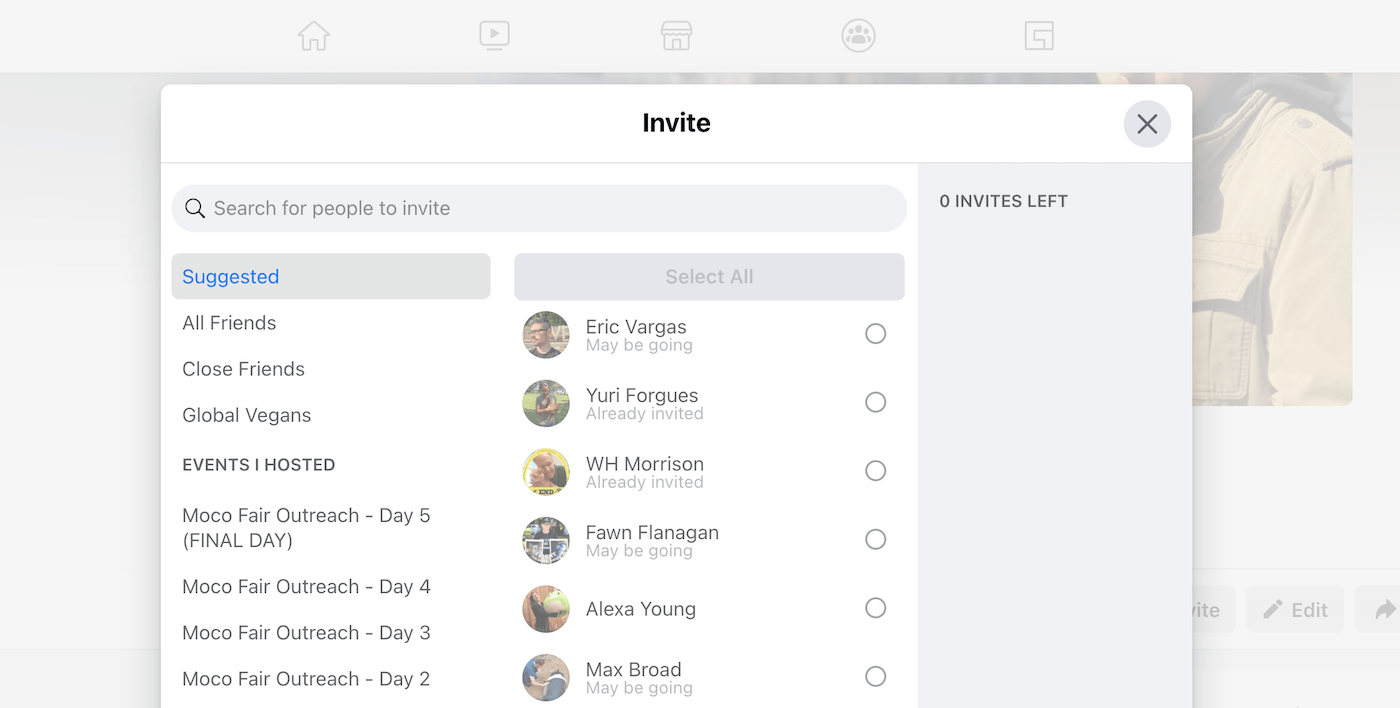
For instructions on how to invite people to events see this article from Facebook.
However, if you only want a select few people to come or if this is an event that requires secrecy, consider making your event “private.” There are various levels of privacy for events and it’s up to you to determine what makes the most sense for your particular event. See this article from Facebook for more information.
Share your event
Share your event to the ActiveVegans Facebook group (see this link for instructions on how to do it). This will automatically promote your event to our network of DMV activists and make it easier for attendees (both on and off facebook) to access events. We will automatically make it available on our website (and eventually our mobile app!).

You can also share your event in any other relevant facebook groups that you think are appropriate. My personal favorites are: DC Area Vegans, DC Millennial Vegans, Vegan Maryland, Vegan VA, DMV Vegans, and sometimes even Vegan Activists Worldwide.
If your event is private, you can still share it to these groups; the information just won’t be visible for anyone who is not invited. For those that are invited, however, seeing a private event in a group may be a useful reminder to attend.
Event Reminders
As your event draws closer, use Facebook notifications to remind your attendees about your event. Post about what the weather is going to be, pictures of signs you’ve made, specific clothes to wear, a map with detailed info on where to meet and park, etc. Attendees will be notified of this useful information via Facebook notifications. For the upcoming ActiveVegans mobile app, much of this will happen automatically.
Although you don’t want to overwhelm your attendees with too much information, each notification will provide a gentle reminder that your event is happening. You can also send out individual reminders through messenger, especially to those activists who are marked interested. Activists are much more likely to attend your event if you speak to them one on one.

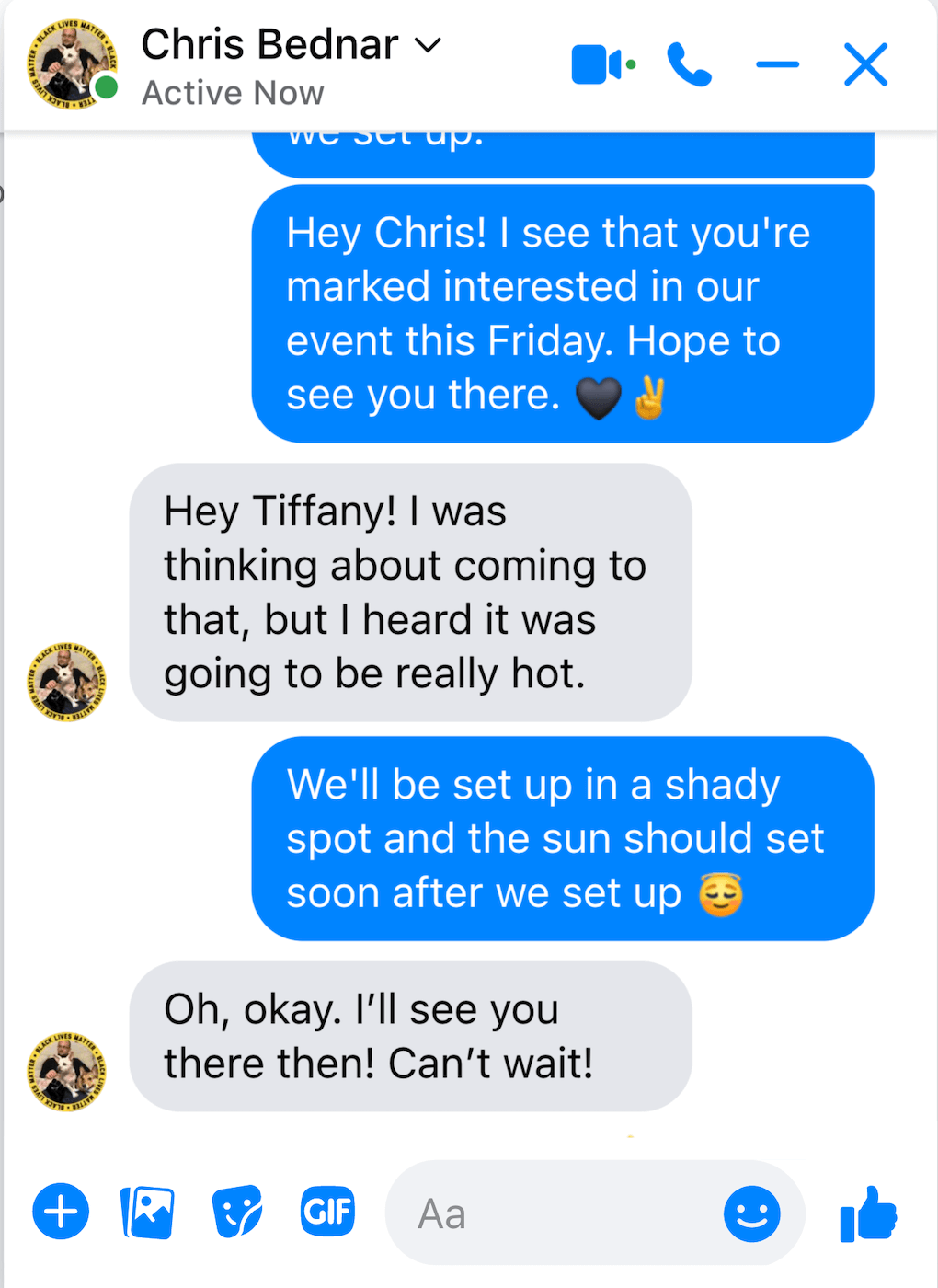
You can also share your Facebook events on other platforms. In addition to sharing it on ActiveVegans, consider sharing it on email listservs, reddit, vegevents, meetup, other social media platforms, etc. If appropriate, you can even work with PETA to set up an action alert.
Phase Three: Event Execution
The day has come and it’s time for your event! This is the easy part. There are only a few things to remember.
Show up early
This will allow you to set up your equipment before the event starts. It will also give you time to make sure your location can still work.

One time I planned an event at the White House (a location I was very familiar with). On this particular day though, Lafayette Park was almost completely blocked off and the only space that our demo would work at was being used by an outdoor worship group. We had to make a last minute move to a new location and it was a lot easier to do because I was early.
Have a game plan
Where should people stand? What should they do? You are the leader of this event and people will look to you for guidance and direction. Remember, if something goes wrong you are responsible. Make sure you have a plan.
Group and regroup
I like to do a huddle at the beginning and end of each event to start it off and wrap it up. It gives events more structure and allows for space to communicate important information.

Use the pre-event huddle to:
- Outline your game plan
- Assign roles
- Thank everyone for coming
- Answer any questions.
During your wrap up huddle:
- Plug your next event or any events that other organizers have planned, especially if they’re on the same day.
- Plug any socializing that you’re doing after (movie night, grabbing food, etc.).
- Let people know about ActiveVegans and the upcoming mobile app that we are working on. The more activists we have using the platform the more accessible our animal rights activism community will be.
- Ask for feedback -- what things worked and what didn't? What could be done better? Was it a successful event? Use this information to improve your next event.
Your events won’t be perfect but with time you’ll get better and more confident. At the end of the day, getting out there and doing your best is always better than trying to plan perfectly and never doing anything.
Congratulations on your first event! See you on the streets.